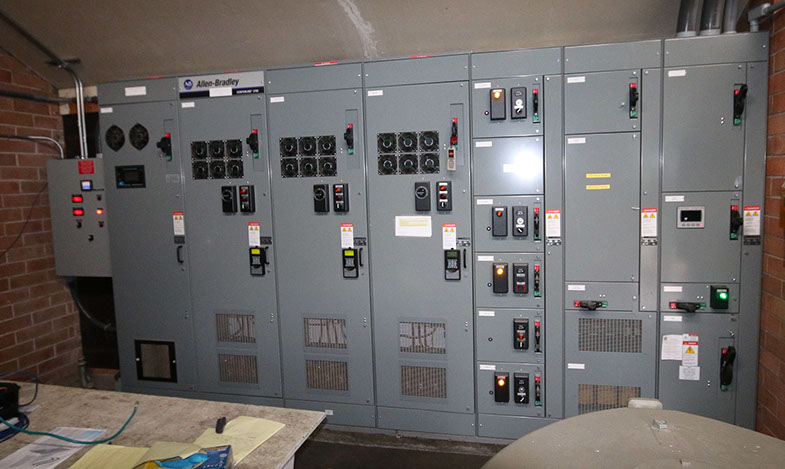Example Projects
Process Engineering Assistance, Water Environment Services (WES)
REI has provided process engineering services to WES for their collection and treatment systems since 2009. These services have included permit support, operator training, process control support, flow and load evaluation, process troubleshooting, planning assistance, O&M Manual and record drawing development and updates and design review and engineering project support.
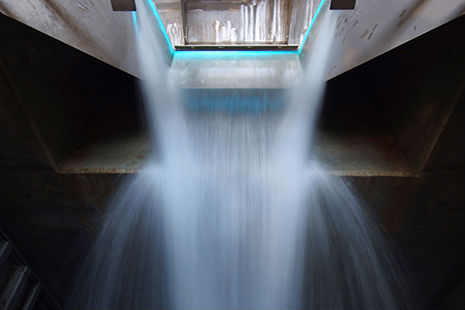
Tri-City WPCP Solids Handling Upgrades, Water Environment Services (WES)
Oregon City, OR
Project Engineer for the oversight of facility operation during construction and startup of new digester mixing systems, gravity belt thickeners and dewatering centrifuge. The Tri-City WPCP was an 8.4-mgd secondary activated sludge facility with anaerobic digestion. The project provided upgrades to the solids handling processes to provide for dewatering and improved stabilization using the design build project delivery approach.
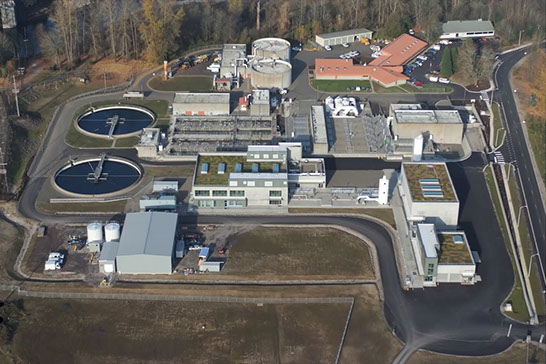
Wastewater Facilities Plan, City of Astoria, OR
The existing treatment plant is a 3-stage lagoon system that treats flows ranging from 1.5-mgd to 21-mgd. The large range in flows is due to the combined sewer system. The plant has been in operation since 1974 with no upgrades to the system. Existing regulatory pressures to upgrade the treatment plant resulted in the City’s need to develop a new plan. It was determined that the existing system could meet future treatment requirements for the City with minor upgrades that includes a new headworks and conversion of one of the lagoons to a facultative sludge lagoon. The facility plan was approved by DEQ in 2012.
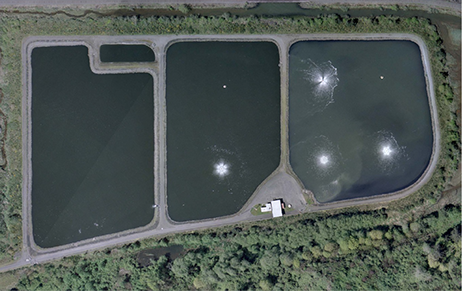
Lower Tualatin Pump Station, Clean Water Services of Washington County
The new station was being constructed in Tualatin Park at the intersection of an elevated railroad trestle and the new commuter rail to the City of Tualatin. The 28-mgd station is a 60-foot deep caisson with a two-story station. A second story entry provides protection from flooding. Due to the confined and sensitive area that the station was constructed in, the architecture was carefully considered to provide the look of a historic railroad station. In addition, improvements to public facilities in Tualatin Park have been incorporated into the project that include: a new pedestrian bridge crossing the Tualatin River that connects the park to the extensive trail system on the north side of the river, upgrades to existing soccer fields, a dog park, an expanded pervious pavement parking lot, and a picnic structure. The station was designed to incorporate many sustainable features that meet LEED Silver rating.
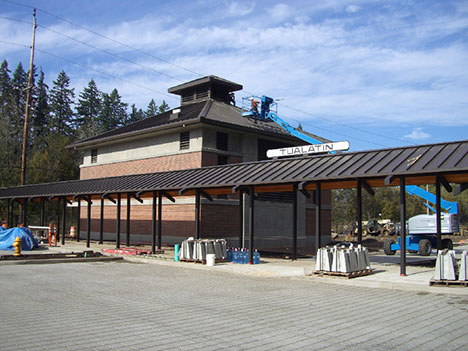
Port Gamble LOSS, Kitsap Public Utility District, Poulsbo, WA
REI assisted Olympic Property Group and Kitsap Public Utility District in the planning, permitting and program management of a new 100,000-gpd treatment facility that discharges to a drainfield as a replacement for the existing aging treatment facilty that discharged to Hood Canal in Puget Sound. This project resulted in opening up 90-acres of goeduck beds to the three local tribes and local residents. This is the largest treatment facility permitted under the Department of Health Large On-Site Sewage Systems (LOSS) rules. Permitting required extensive coordination with the local tribes, county, Department of Health, Department of Ecology and state land use and historical entities.
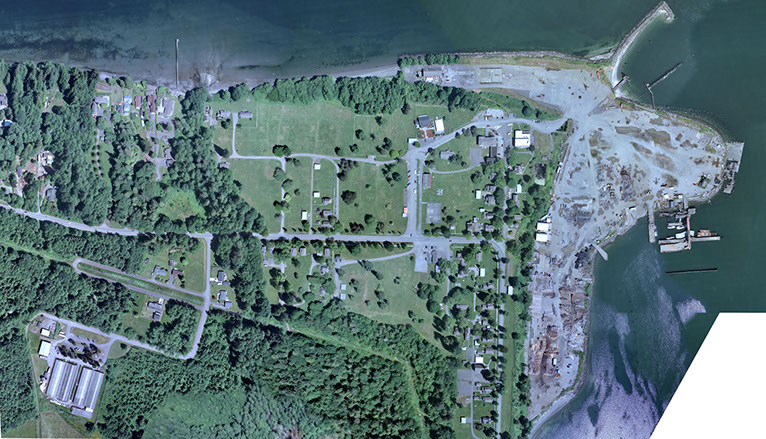

Tri-City WPCP Phase I Liquids Expansion Services During Construction
This $79.9M construction project was constructed using the Construction Manager/General Contractor (CM/GC) alternative delivery method. Slayden Construction was the CM/GC contractor. Dale led the efforts of the design team in providing engineering services during construction that consisted of value engineering redesign, responding to RFIs (Request for Information) and the development of DCNs (Design Change Notices). REI provided startup services of the new facilities. The facility is a 4.0-mgd dry weather flow, 10-mgd peak flow membrane bioreactor system using GE hollow fiber membranes.

Site Master Plan Update, Water Environment Services (WES)
REI wrote the Site Master Plan Update for the Tri-City WPCP for Water Environment Services. This plan provided for the phased expansion of the plant from its current 12.4-mgd capacity with a 68.6-mgd peak flow to 32-mgd with a 160-mgd peak flow. A seven step capital program was developed for the period through 2030. The liquids process utilizes a combination of conventional activated sludge and membrane treatment systems combined with blending and peak flow treatment facilities to meet the long-term treatment needs for the facility. Upgraded solids handling facilities incorporated anaerobic digestion with solids blending, WAS thickening, dewatering, cake loading and centrate management facilities. This plan utilized the combined capacity and redundancy of the utility’s two treatment facilities using the new diversion pump station to divert flows from the Kellogg Creek WPCP. This plan freed up 8,000 EDUs of capacity at the Kellogg Creek WPCP providing the equivalent of $50M of capital savings for the construction of new capacity for development.
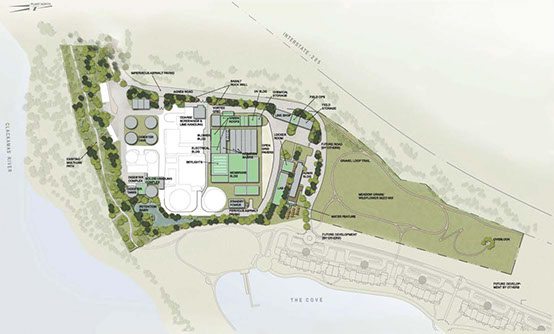
Alderbrook Resort and Spa Rerating
Dale evaluated and developed rerating of the wastewater treatment plant for the Alderbrook Resort and Spa. The study rerated the facility from an influent load of 67-lbs/day to 120-lbs/day based on the guidelines specified for rerating of treatment facilities by the Washington DOE. This rerating eliminated the need for capital investment for the treatment plant to handle flows and loads during maximum occupancy of the resort.
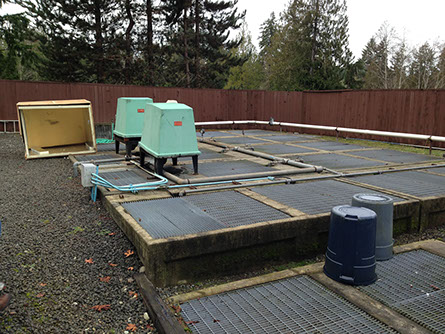
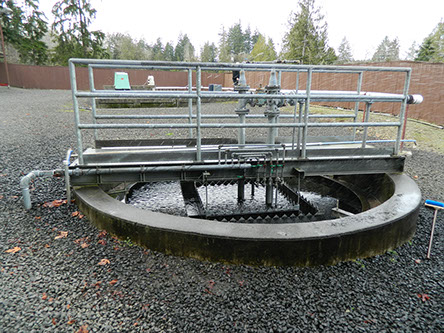
O&M Manual and Record Drawings, Port of Bremerton
REI worked with the Port of Bremerton to update their O&M Manual and record drawings to meet new regulatory criteria for the Washington Department of Health for the LOSS (Large Onsite System). This treatment system is a 72,500-gpd aerated lagoon treatment system with a drain field for groundwater discharge of the treated effluent. The system provides service to the Bremerton airport and an industrial park managed by the Port of Bremerton
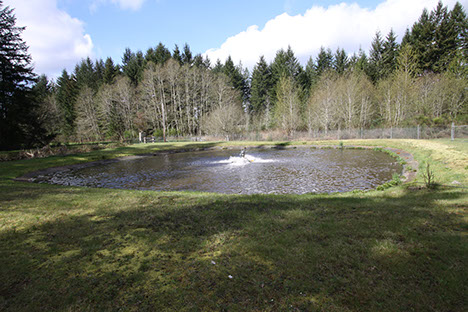
Electrical Upgrades to Pump Station #1, City of Astoria, OR
Pump Station #1 delivers combined sewage to the City of Astoria’s (City) Wastewater Treatment Plant (WWTP). There have been no upgrades to this station since it went into operation in 1973 except for the addition of a standby generator. Two variable speed centrifugal pumps with a design capacity of 7,000 gpm (10.08 mgd) pump the raw sewage to the treatment plant via a 30-inch-diameter force main. The third pump has a 7,000-gpm (10.1-mgd) capacity designed with a lower pumping head. This pump has proven to provide little pumping capability as it provides minimal flow due to the head loss in the system. The VFDs were Flowmatcher liquid rheostat systems that have become obsolete.
The City worked with REI to evaluate the system needs and determined that upgrades to the system could be done under three project phases so the upgrade costs could be spread over several years, with the first project being electrical upgrades to the station and the two main pump motors and VFDs. The City worked with the Energy Trust of Oregon and found the VFDs and motors to be electrically inefficient and an incentive of $72,940 was offered towards system upgrades. It was determined that construction sequencing during the electrical upgrades was the most critical element in the system design. This led to the recommendation of using the Progressive Design Build delivery method for this project.
The City procurement rules allow alternative delivery methods with Council approval for energy projects or projects where timely delivery is critical. The upgrades to PS#1 is both an energy project as Energy Trust monies will be obtained for the project, but was also a critical project to upgrade the station before a failure of the antiquated equipment would cause a failure of the system. City staff submitted findings to the City Council and received approval for alternative delivery of the project.
Progressive Design Build procurement was performed using the RFP and contract templates from the Water Design Build Council. Two proposals were received and Portland Engineering, Inc. (PEI) was selected for the project. The project was successfully completed in 2016 under three contract phases: design, equipment procurement and construction.
The progressive design build alternative delivery method was determined to be an excellent delivery method for a maintenance upgrade project such as this. It created an environment where the contractor-engineer and City worked as partners in phasing the project and sequencing the construction so this critical work could be performed while maintaining continuous operation of the station.
